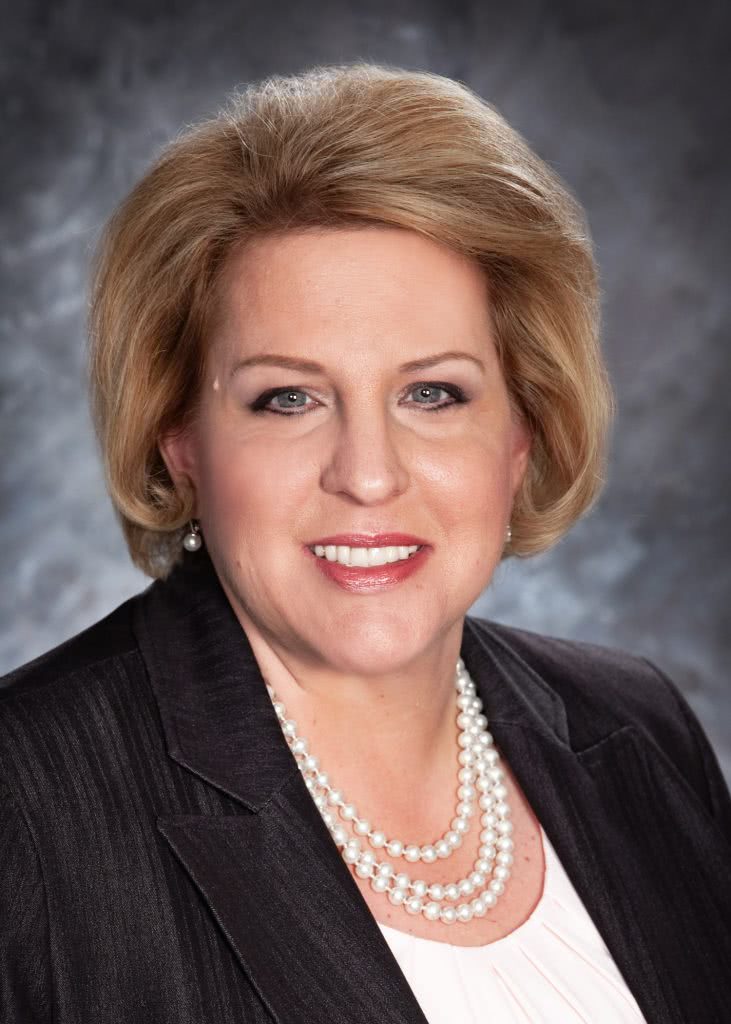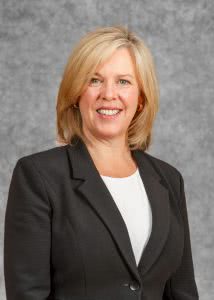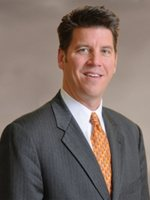
Around the Healthcare Water Cooler: What Industry Insiders are Saying About Healthcare Policy Changes
CRTKL Vice President Eric Dinges asked some of his healthcare clients one big question about the future of the industry.
CallisonRTKL works in a lot of different sectors, from shopping and entertainment districts to hotels to data centers. But none of these are more affected by legislative changes than healthcare. Of course, our healthcare design teams do our own research and try to see how the policy winds may be blowing, but I wanted to know what our clients are thinking.
We’re lucky in that we get to work with some of the smartest clients around, so I just went ahead and asked them: From a hospital management perspective, what policy change would be most effective from your viewpoint? Here are their answers:

Response 1: Wow, that is a tough question. One of the ongoing challenges we face is Charity Care and the reimbursement tied to those uninsured patients. While most are getting enrolled in Affordable Care Act-related plans there are still many people needing medical care that we will always provide with a now-declining reimbursement rate. Of course, the other issue is the addiction and the ability to get patients into detox. Our country has a great need for behavioral health care–patient access to those services andthe ongoing care and management for this population is another major challenge.
-Lisa Dutterer, Jefferson Health

Response 2: Medicaid expansion under the Affordable Care Act is vitally important to maintain and is a key issue for us. 800,000 low-income NJ residents have access to care (22 million nationally) through this Act. It has improved care and outcomes, lowered cost, and allowed hospitals to invest in innovative ways to serve this population through care management, etc. It’s also crucial to preserve Medicare funding for graduate medical education and residency training to assure an adequate supply of providers. Finally, it would be great to see funding for innovative models – things like virtual care, telemedicine, remote monitoring. These all reduce traditional fee-for-service care and health systems will need support to make these transitions.
– Jill Ostrem, Senior Vice President of Operations, Jefferson Health

Response 3: Great question, difficult answer. I think more alignment/incentives for hospitals, physicians and patients to share accountability would make a major positive impact. Historically, incentives for hospitals and physicians have been focused on episodes of care and procedures. The movement to ACOs, Bundled Payment, and Medical Homes have begun to realign those incentives with the assumption that the active management of care by physicians and hospitals will reduce the episodes of care and procedures required and lead to better outcomes. However, I believe the patient will need to become more active and informed about the services they are receiving and more responsible for their lifestyle choices and compliance with their wellness plan (diet, medication, exercise, etc.) in order to see meaningful reductions. Also, we need to keep in mind that end-of-life care remains a significant component of healthcare cost and that requires some difficult discussions between patients, families and providers.
-William Greskovich, WCG Healthcare Consulting
CRTKL’s Take
So how can we, as designers, help our clients solve some of these challenges?
1. Active listening is understated and underused. At CRTKL we know how important it is to have a clear understanding of expectations and goals, which is why we follow a thorough step-by-step process with every client. We also know solutions are not one-size-fits-all; we harness past experience and design solutions and apply them to new issues. Re-working ideas and building from past projects can generate innovative ideas and bring new life to age-old questions.
2. The political arena has been a tumultuous playing field lately, and we know how important it is to show up and rally for issues of all sizes. Healthcare is a topic that impacts the patient, family and employee, as well as those constructing the facility (us!). At CRTKL, we have been speaking up to our representatives on the local, state and national level.
3. What’s trending, and how do we stay ahead of the game? Research and listening. We stay in tune with current trends, which requires constant education and listening to clients, researchers and thought leaders. We may hold the key to turning dreams into reality, but if it’s not up-to-date and doesn’t serve the client in the highest capacity, then it’s not a job well done.
